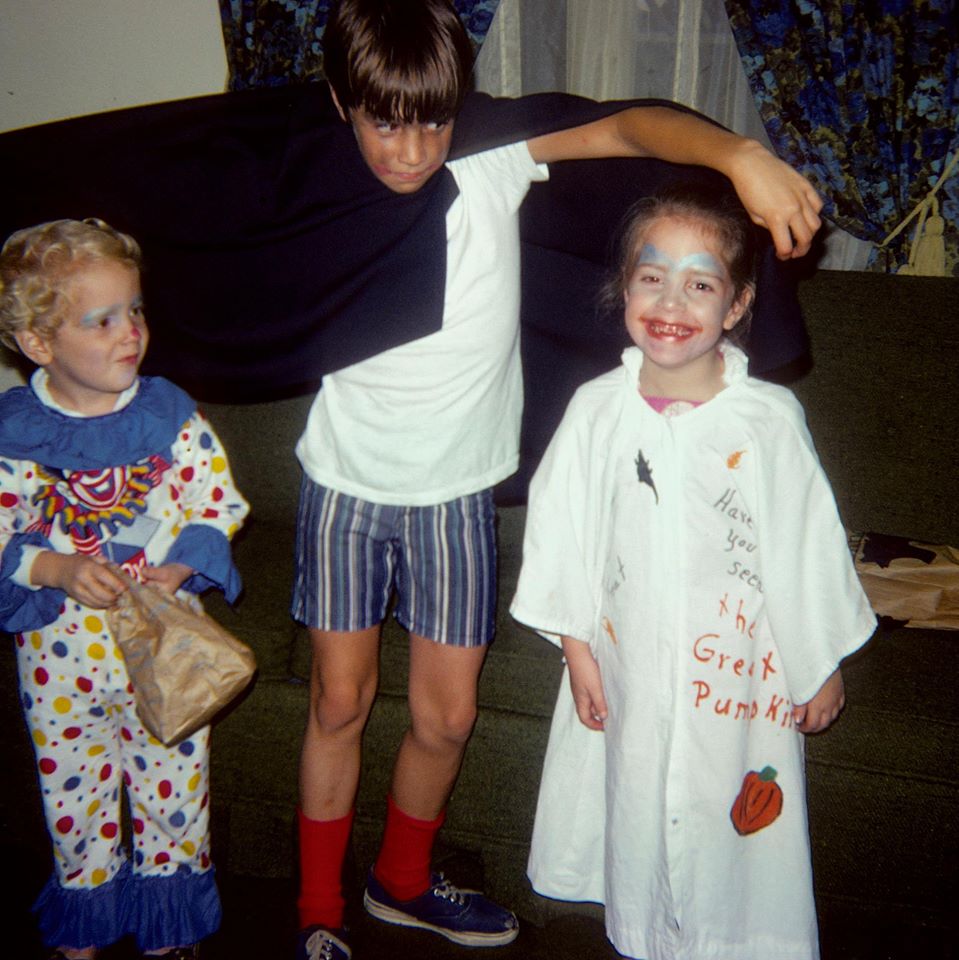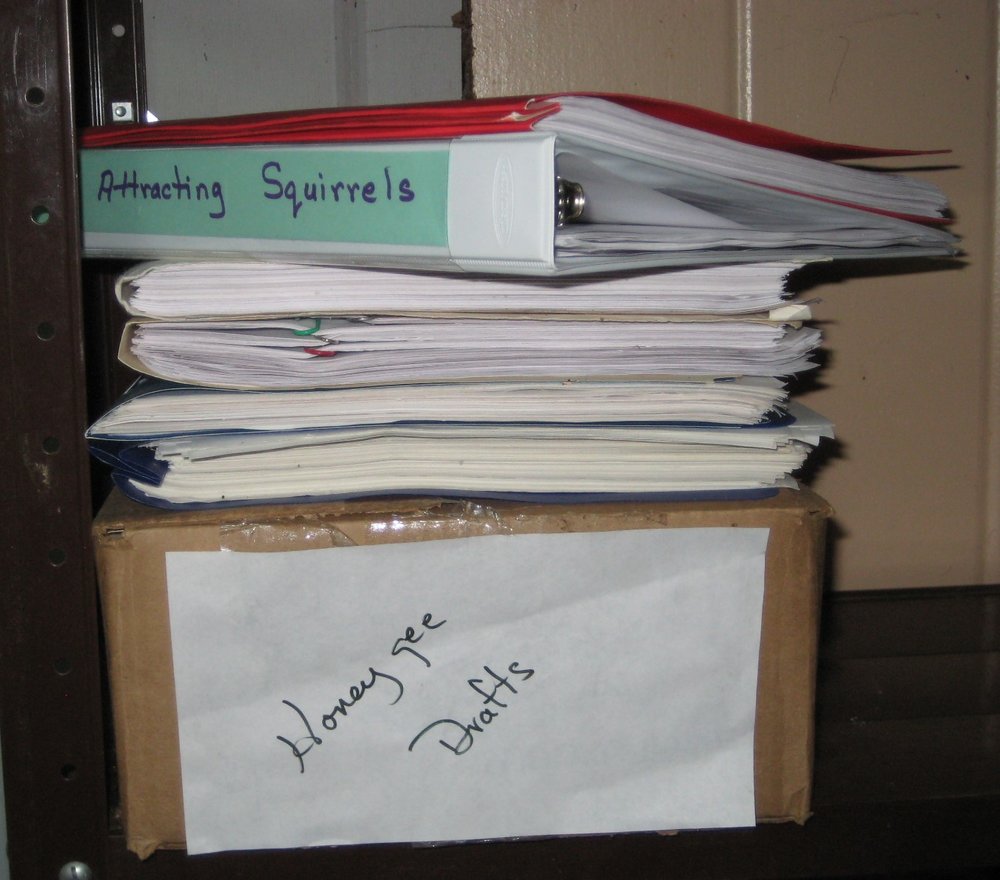 The Door That Led to Where by Sally Gardner is not your average time travel novel.
The Door That Led to Where by Sally Gardner is not your average time travel novel.
Beginning in the present day, AJ fails a major exam boding a poor future for him. Set in England with unfamiliar terms for the exams, I immediately wondered if the book would be a difficult read for an American student. Test names may be different but anxiety surrounding them and results of failure carry a familiar feeling. Other English terms are easily understood from context and add a layer of atmosphere to the novel.
AJ and his friends Slim and Leon share something in common – their broken families. His mother describes AJ as a “waste of space” and gives him an envelope with a request that he come in for a job interview. She and his stepfather will not have him lollygagging around. Things take a turn when AJ gets the job, seemingly helped by a strange conversation revealing his exceptional knowledge of the works of Charles Dickens.
On the job, he finds a key mysteriously labelled with his date of birth. Ultimately, this leads to the door that will take him back in time to 1830. He moves back and forth between the two time periods looking to solve mysteries in both. Slim and Leon join him in the era of Dickens where all three must make some decisions. Which is the time period where they belong? Will they choose differently or will they remain together?
The mysteries, time travel that moves back and forth between the two eras, and personal relationships make for an interesting read especially for Anglophiles and Dickens fans. I qualify as both, but the novel will also satisfy those looking for a good read.






































